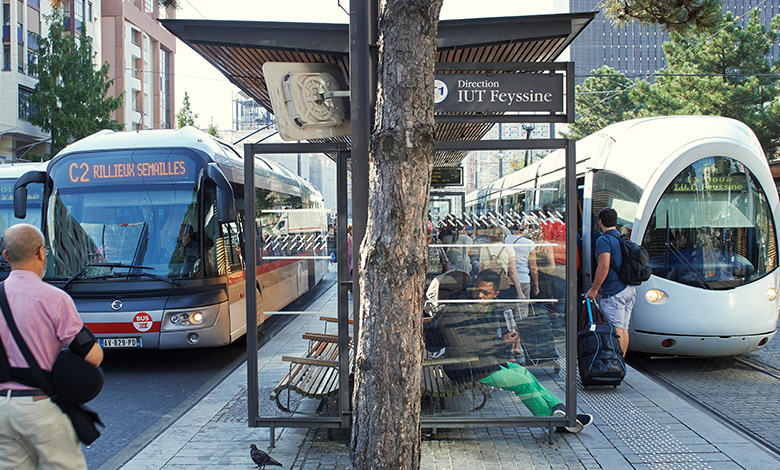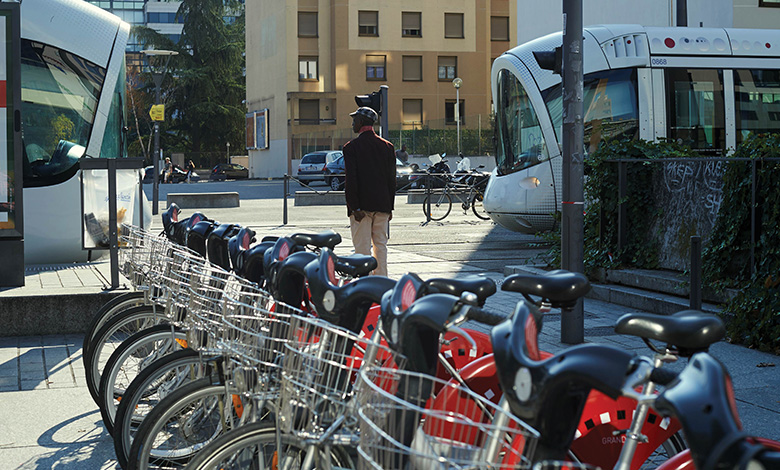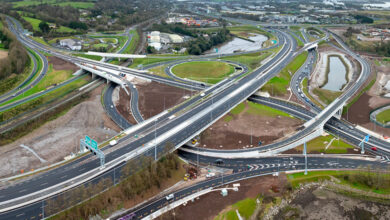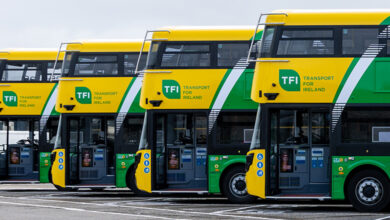Trams are key to transport transformation

Tram systems are experiencing a remarkable resurgence in the 21st century.
That is because they are indispensable to multimodal transport networks, seamlessly integrating with a city’s metro, bus, and train systems. This integration not only expands travel options but also enhances connectivity between neighbourhoods, delivering substantial social and economic value.
At Keolis, we excel in managing and maintaining multimodal transport networks, with trams playing a central part in this work, ensuring we can offer seamless passenger experiences. Our expertise allows us to design tailored mobility solutions that meet the specific needs and financial scope of each town, city, or region – providing a smart solution to meet the demands of modern cities.
Our unparalleled success in supporting the development, operations, and maintenance of these networks is evident in cities like Lyon, Bordeaux, Dijon, and Lille in France; Newcastle, Australia; and both Manchester and Nottingham in England, to name a few.
With urban populations on the rise, connectivity has never been more crucial. In 2023, cities were home to 57 per cent of an average country’s population, and by 2050, it is projected that 70 per cent of the world’s population will reside in cities. This upward trend underscores the importance of enhancing urban connectivity to accommodate growing populations, making forward-thinking planning essential for future social prosperity.
So where to begin? Keolis leads the way in planning and developing integrated networks, with trams at their core.
Cutting edge insights
Keolis gains a deep understanding of evolving transport needs through its Keoscopie mobility think tank. Keoscopie provides valuable insights into current lifestyles, helping us create next-generation mobility solutions. This knowledge is further enhanced by data collected by Hove, a Keolis digital company. Hove produces intelligence that our teams use to innovate and develop attractive, integrated transport solutions.
At Keolis we have also established a Centre of Excellence for trams, which connects our global experts, in support of PTAs at every stage of a project’s lifecycle. This partnership ensures continuous improvement in our tram systems, helping us maximise their integration within our networks.
The perks of a tram
The tram’s appeal lies in its comfort, capacity, and user-friendly nature, serving as a handy option for those looking to transition effortlessly to soft modes of getting around like bikes or scooters. This versatility consistently appeals and draws in new customers.
To fully capitalise on the system’s popularity, Keolis has worked closely with PTAs to ensure that their tram operations provide a complement to local bus networks – even where it may only be a single mode provider. This is crucial because certain bus routes are able to mirror tram standards in terms of frequency and quality and provide critical connectivity to wider areas beyond the city’s limits.
This coordination means riders can easily switch between modes and provides an opportunity for better social cohesion between city and suburbs.

For instance, trams are ideal for connecting outlying municipalities located between 15 and 20km from the city centre through fast lines in less dense areas, as seen with Keolis’ work in Manchester and Dijon. From these tram stops hyper-local buses can be teed up to take passengers even further to their desired destination.
Our operations of the tram network in Dijon, for example, is fully interconnected with local bus networks and feeder systems, making most neighbourhoods accessible.
We have also implemented contactless payment terminals on all of Dijon’s trams to enhance the passenger experience.
With the introduction of a Mobility as a Service (MaaS) app, Keolis worked with the transport authority to enhance the passenger experience even further by integrating all public transport options in Greater Dijon, including the tram, into a single platform. This app facilitates bookings, route searches, and real-time timetable updates. Additionally, the Bouquet Libertés, which Keolis launched in September 2021, allows users to combine their transport tickets – including buses, trams and car parking – and incentivises multimodal travel.
These initiatives distinguish Keolis, working in collaboration with its PTAs, as a leader in creating attractive, easy-to-use integrated networks, which is crucial given burgeoning urban populations both now and in the future.
Where trams and trains unite
Alternatively, Keolis seamlessly integrates tram networks with metro and urban train systems to maximise their potential. Take Paris, for example, where our Ile-de-France Tramway Line 9 (T9) links the Porte de Choisy Paris Metro station to Orly city centre, forming part of a comprehensive transit network. This light rail system operated by Keolis is the world’s second busiest after Tokyo, offering connections to suburban train lines, metro lines, bus routes and the Grand Paris Express rapid transit lines.
More recently, Keolis’ tram operations in Bordeaux were extended by a 5km branch line on Route A to reach the city’s Mérignac Airport. With approximately 6,500 daily passengers, the tram now offers essential connectivity not just to buses, metros and trains, but also to planes, facilitating convenient travel for both tourists and businesspeople.
The economic boom
Keolis’ efforts to increase the ease of movement of local populations yields secondary economic benefits for PTAs and the communities they serve by fostering business confidence and expediting inward funding cycles.
We know at Keolis there is no one-size-fits-all solution for how to operate a multimodal transport network, but looking to international best practice, learnings and tram systems is a good place to start.






